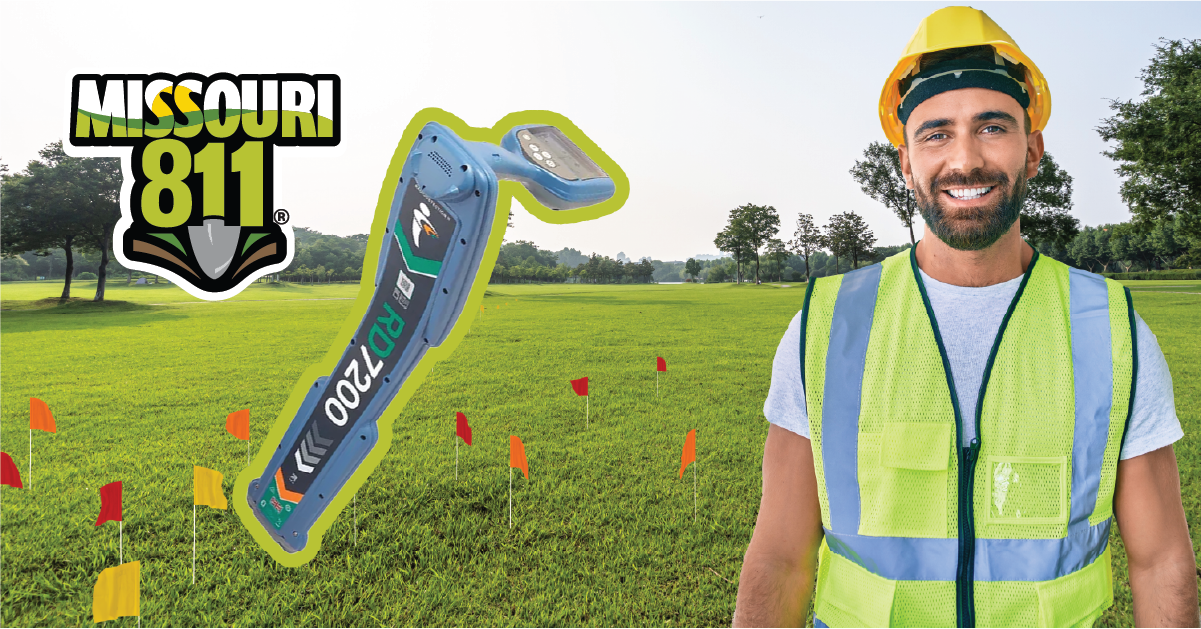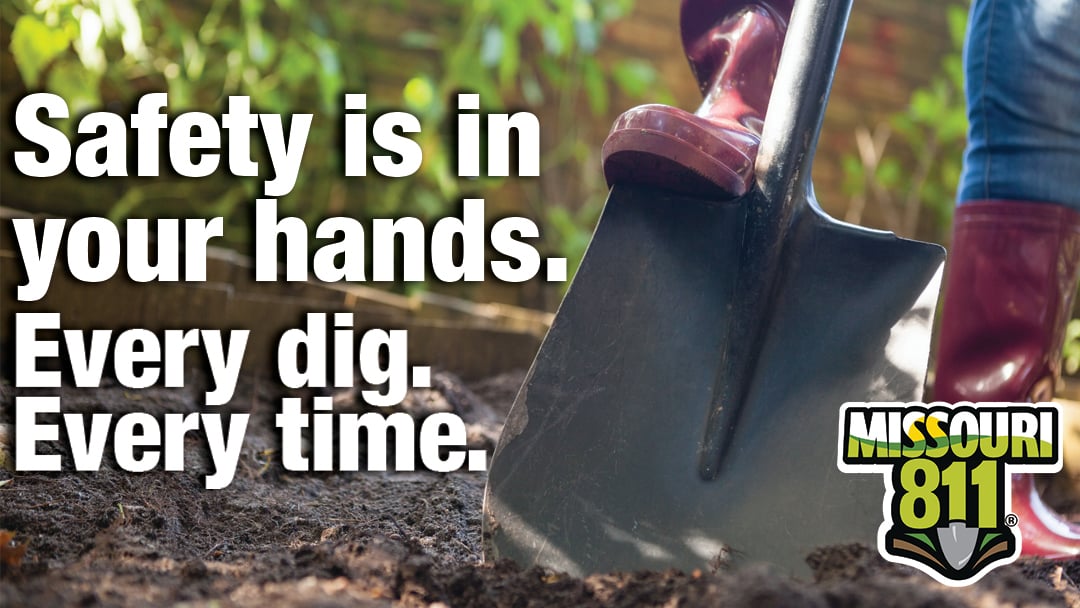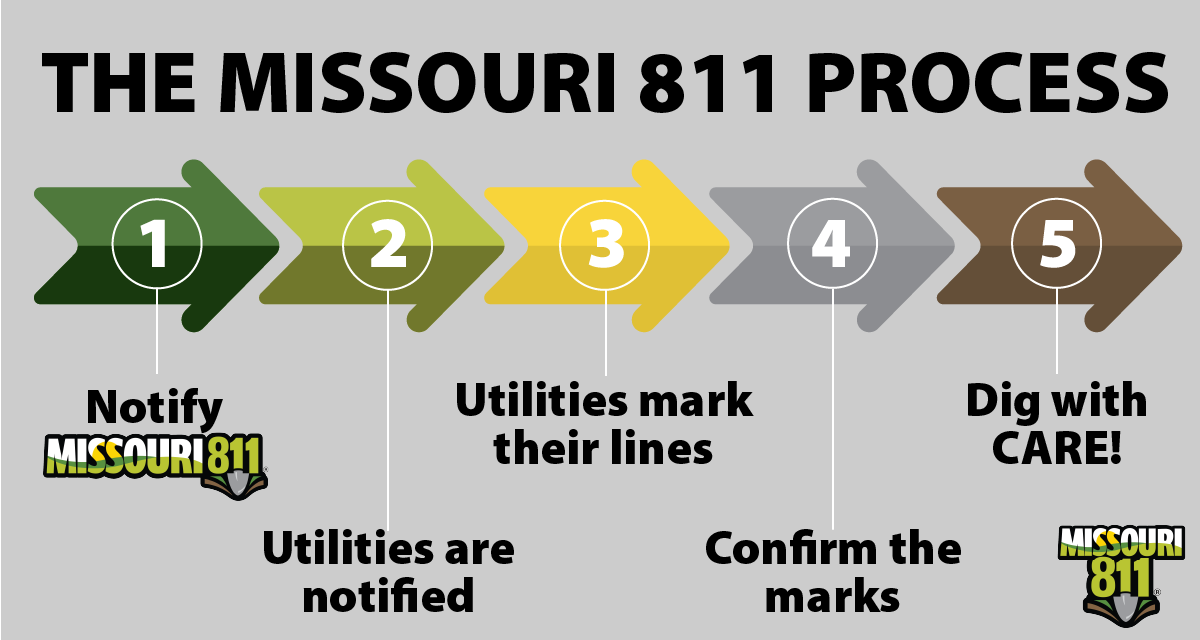In the realm of buried utilities, the role of a locator is often misunderstood. Many people assume that locators work for Missouri 811, but the reality is quite different. Locators are the unsung heroes who work directly for utility companies, either as employees or as third-party contractors. Their job is anything but simple, and it's about time we highlight the challenges they face every day. Let's delve into the daily routine of a locator.
How do locators get notified about their jobs?
Some locators receive their notifications directly from the Missouri 811 ITIC system, which is the same system that is utilized by excavators when submitting a locate request. Others have their own internal notification system that manages locate requests and employee workload. Each morning, locators receive notifications about the locates they need to handle for the day. There could be anywhere from 15 to 20 locates, each with its own set of challenges and requirements. Some locate requests will come from homeowners looking to plant a tree in their front lawn or replace a mailbox, while others will come from professional excavators installing water or sewer lines in the middle of a busy intersection.

Detailed Locate Requests = Better On-Site Locates
Locate requests can be submitted online via the Missouri 811 website or by simply dialing 811 (the national call-before-you-dig number). Each locate request should be submitted with the most accurate and detailed information as possible. The excavator should provide information like:
- Excavation address
- Directions from nearest intersection (especially important if there isn't an address)
- Purpose of excavation
- Planned excavation date
- Planned excavation depth
- Excavator's contact information
- Whether the excavation site has been marked
The more detailed the information, the more accurate and expeditious the locator can identify the underground utilities in the vicinity of the dig site.
Updating the Ticket Status
In addition to identifying and marking all of the underground utilities (gas, water, power, sewer and communications) in the vicinity of the dig site, the locator must also document their work by taking photos and notes of anything observed. This process is crucial for maintaining transparency and ensuring efficient communication between the locator, the utility company, and the excavator.
The last step of the process is to close the communication loop by updating the ticket status. To do this, the locator logs into the Missouri 811 ITIC system and statuses each utility with either:
- Marked
- Clear/No Conflict
- Area of excavation cannot be determined
- Locator cannot gain access to property
- Not complete/In Progress
Once the locator has updated the ticket status, the ITIC system will generate a status email that will be automatically sent to the excavator.
 Knowledge and experience are essential for success
Knowledge and experience are essential for success
This breadth of knowledge is not something that can be achieved overnight. It requires several months of intensive training, followed by a period of on-the-job experience. During this time, locators learn about the different types of utilities, the tools and techniques used for locating, and the safety measures that need to be followed. They also learn how to interact with customers and excavators, handle unexpected situations, and manage their time effectively.

Locators must know the intricacies of all different types of utilities. But what does this mean in practice? It means that a locator needs to understand the specific characteristics and requirements of each utility. For example, the process of locating a gas line is different from locating a phone line or an electric line. Each utility has its own set of rules, regulations, and safety measures, and the locator needs to be familiar with all of them. Some utilities, such as clay tile sewer mains or plastic water lines that don’t have tracer wires, are extremely difficult to locate accurately. At times, locators are even relying on decades-old maps, or crawling into massive manholes to investigate by themselves. This is where all of the training, experience and knowledge really comes into play, not only for the utility companies and for the customers, but also for their own safety.
Conclusion
Despite the challenges, being a locator can be a rewarding job. The life of a locator is far from easy. It's a job that requires a broad knowledge base, extensive training, and the ability to handle a high volume of tasks each day. But it's also a job that is vital to our daily lives and the things we take for granted. So, the next time you see a locator at work, take a moment to appreciate the hard work they put into keeping our utilities running smoothly.





